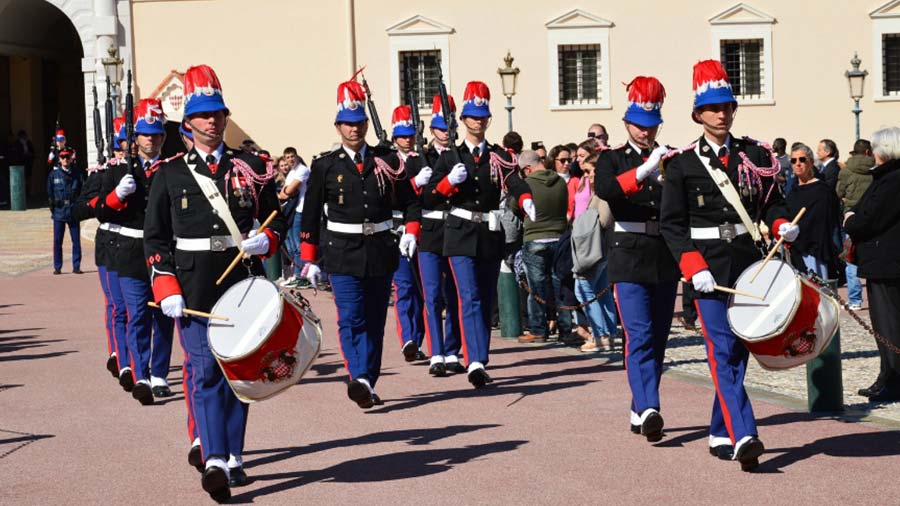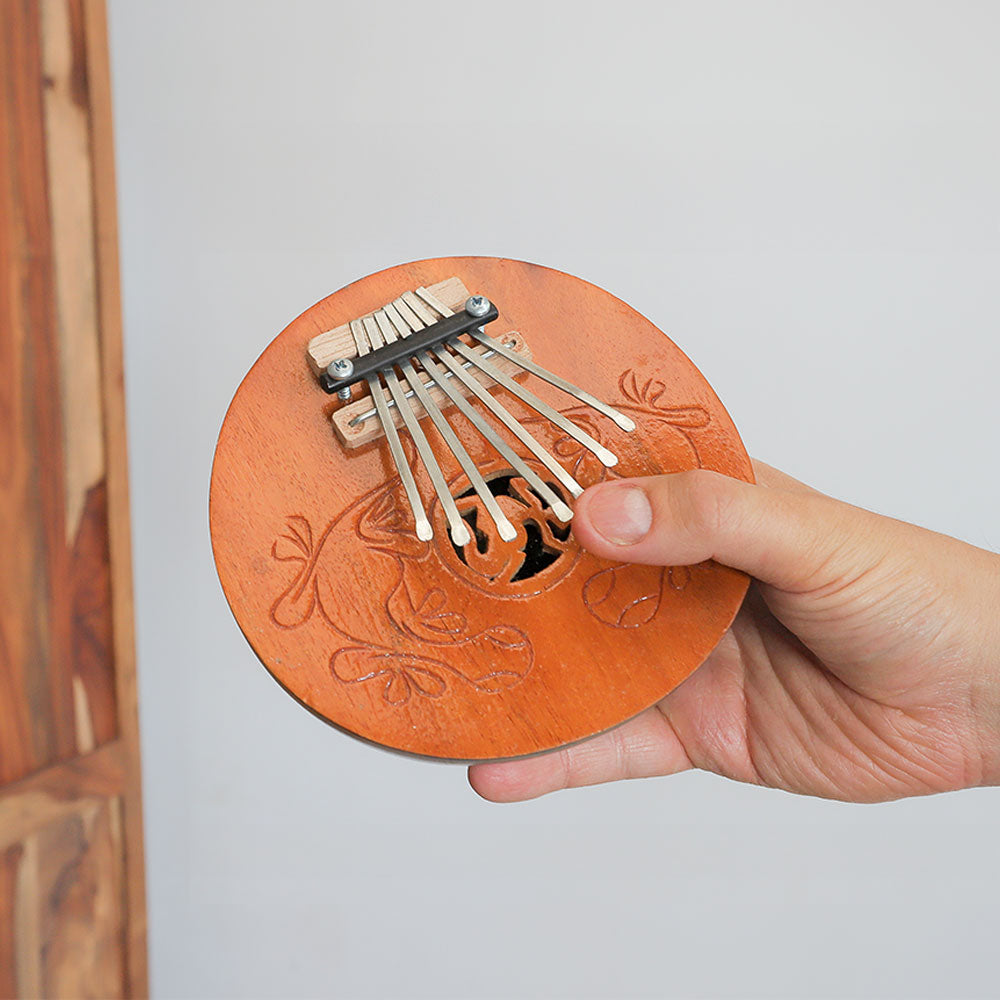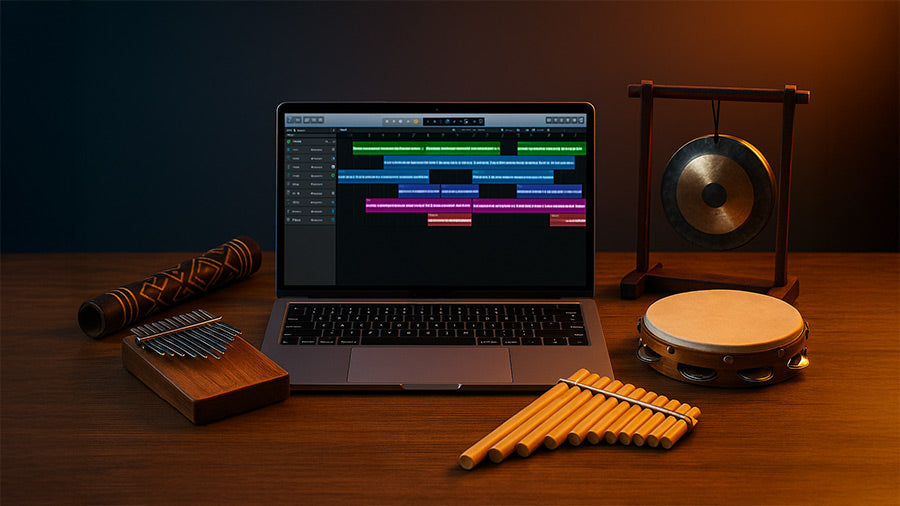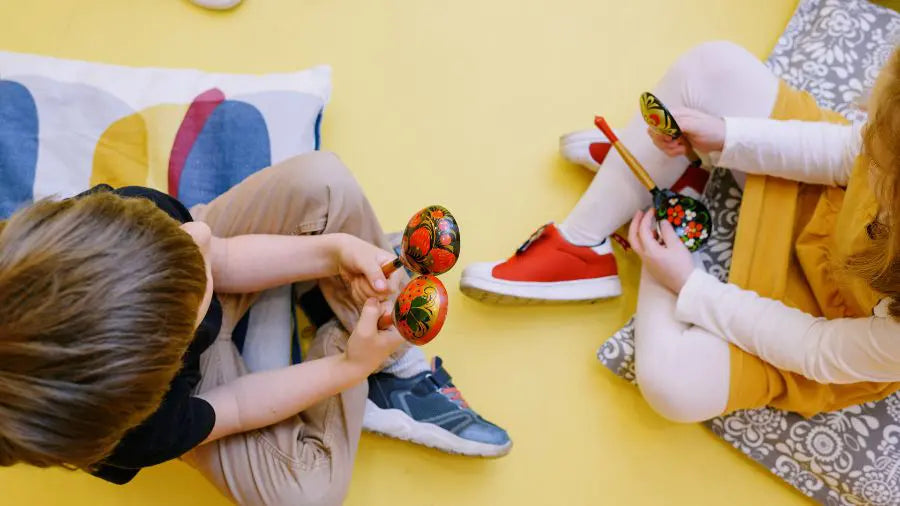Marching bands are known for their performances and vibrant sound. While most people are familiar with popular instruments like the trumpet and clarinet, there is a whole array of lesser-known instruments that contribute to the marching band's music. Let's discover 15 musical instruments commonly found in marching bands. Whether you're a fan of marching bands or are curious about world instruments, this article will give you a deeper appreciation for the skill required to create melodies that fill the air during parades and football games.
Brass Instruments
Brass instruments are responsible for producing powerful sections. It consists of various instruments that produce a bold and resonant sound. Let's look at some of the brass instruments commonly found in marching bands.
Trumpet
The trumpet is undoubtedly an easily recognisable instrument in a marching band. With its brilliant sound and ability to cut through the mix, the trumpet often takes the lead in playing melody lines. Marching bands usually feature multiple trumpets, typically ranging from 6 to 8, although some bands may have even more. Trumpets are relatively lightweight, making them a popular choice for marching band members. Their high-energy attitude and outgoing personality often contribute to the overall morale of the band.
Purchase a student trumpet with case here.
Cornet
Similar to the trumpet, the cornet shares a lot of history with its counterpart. However, the cornet has a slightly different shape and a mellow sound. Often described as a "sweet" trumpet, the cornet produces a softer, more mellow tone. This can be attributed to its conical bore, which allows for more air to vibrate inside the instrument. The cornet is also lightweight, making it easier to carry while marching and more suitable for young musicians.
Trombone
The trombone is another brass instrument commonly found in marching bands. What sets the trombone apart is its unique slide mechanism, which allows players to change the pitch by extending or retracting the slide. This sliding action makes the trombone one of the most expressive instruments in the brass family. Players can create a variety of sounds by manipulating the slide, adding a distinctive character to the band's overall sound. Marching bands typically feature multiple trombones, ranging from 2 or 3 to more than 15, depending on the size of the group.
Mellophone

The mellophone, sometimes referred to as the marching French horn, occupies the middle register in the brass section of a marching band. Its appearance is a cross between a French horn and a trumpet, with a forward-facing bell that makes it more suitable for marching. The mellophone produces a mellow sound thanks to its larger bell. This instrument is often mistaken for a trumpet due to its similar appearance, but its mellow tone sets it apart. The mellophone plays an essential role in bridging the gap between the higher and lower brass instruments.
Tuba

The tuba produces the bass section of the brass instruments is the tuba, one of the largest and most crucial instruments in a marching band. Often considered the "backbone" of the music, the tuba provides a solid foundation for the other instruments to build upon. While the tuba's large size and weight can present challenges when marching, tuba players are known for their strength and determination. Marching bands typically feature multiple tubas, usually around 3 or 4, although some bands may have more.
Sousaphone

The sousaphone is a type of tuba designed explicitly for marching bands. The sousaphone's coil wrap design also allows for more comfortable carrying, The sousaphone is the bass brass instrument of choice for most bands, providing a rich and powerful low-end sound.
Wind Instruments
Aside from the brass section, marching bands also feature a variety of wind instruments that contribute to the overall sound and texture. Let's explore some of these wind instruments commonly found in marching bands.
Flute and Piccolo
The flute is a popular choice among marching band members, is lightweight and easy to carry. Its high-pitched sound allows it to cut through the rest of the band, making it ideal for playing melodies. Marching bands typically feature 2 or 3 flutes, although some bands may have more. The piccolo, a smaller cousin of the flute, is tuned an octave higher and can play even higher notes. Due to its compact size, the piccolo is effortless to carry and is a perfect choice for marching bands.
Purchase a beginner Student Flute with Accessories here.
Clarinet
The clarinet, known for its distinctive sound, is another staple instrument in a marching band. Lightweight and easy to carry, the clarinet takes up less space, making it an excellent choice for mobile performances. You'll usually see multiple clarinets in a marching band, often playing in unison with flutes and saxophones. The clarinet adds colour and fills out the sound, enhancing the overall musical experience.
Shop for a beginner nickel plated clarinet here.
Saxophones

The saxophone, with its recognizable shape and sound, is an essential part of any marching band. While there are various types of saxophones, the most common one found in marching bands is the alto saxophone. It is lighter and produces a higher pitch compared to the tenor saxophone. The saxophone section adds depth and richness to the group of instruments, often playing melodic lines and contributing to the overall dynamic range.
We would highly recommend learning about the different types of saxophones available before purchasing one as the right instrument for you really depends on what you need from a saxophone.
Percussion Instruments
The percussion section of a marching band adds rhythm, energy, and impact to performance. It consists of various instruments, each with its unique characteristics and role in creating a cohesive sound. Let's explore some of the percussion instruments commonly found in marching bands.
Marching Band Drums: Snare, Bass, and Tenor
★★★★★ - Really excellent drum, well made good tone, great for shamanic work." - Verified Buyer
Drums are essential to a marching band's rhythm and energy, each type contributing its unique sound and role. Snare drums, small and cylindrical, are essential for keeping the beat and adding accents like drum rolls, with their distinctive rattling sound produced by snares beneath the drum.
Bass drums, the largest in the band, provide a deep, booming foundation for the rhythm, with a powerful sound that cuts through the ensemble despite their substantial weight. Tenor drums, often called quad drums, consist of 4–6 drums mounted on a frame, played by one musician to add rhythmic complexity and dynamic range, bridging the pitches of snare and bass drums. Together, these drums create a vibrant and cohesive sound that defines a marching band's performance.
Explore our collection of marching band drums here.
Cymbals
Cymbals are percussion instruments consisting of two plates that hit each other to create a loud crash sound. In marching bands, performers often use the "Garfield grip," where the palm is placed through the straps and twisted so that the hand rests on top of the bell. This technique allows for a controlled strike. Cymbals add a dramatic and accentuated element to the marching band's performance, enhancing the overall musical impact.
Check out our collection of cymbals here.
Glockenspiel (Bell Lyre)
The glockenspiel, a tuned percussion instrument, is commonly found in marching bands. It consists of metal bars tuned to different notes and is played with a hard mallet. The glockenspiel produces a high-pitched sound and is often used to play melodies. In marching bands, the glockenspiel takes on a slightly different form known as the marching glockenspiel or bell lyre. This modified version is held upright, making it easy to play whilst marching.
Marching bands are a unique and integral part of American culture. From the powerful brass section to the melodic wind instruments and the rhythmic percussion section, each instrument plays an essential role in creating a unique musical experience.
















1 comment
mathew klutse
Please good day if l can get the used trumpet one for him,my boy who is learning how to blow it, please we are from Ghana, thanks.